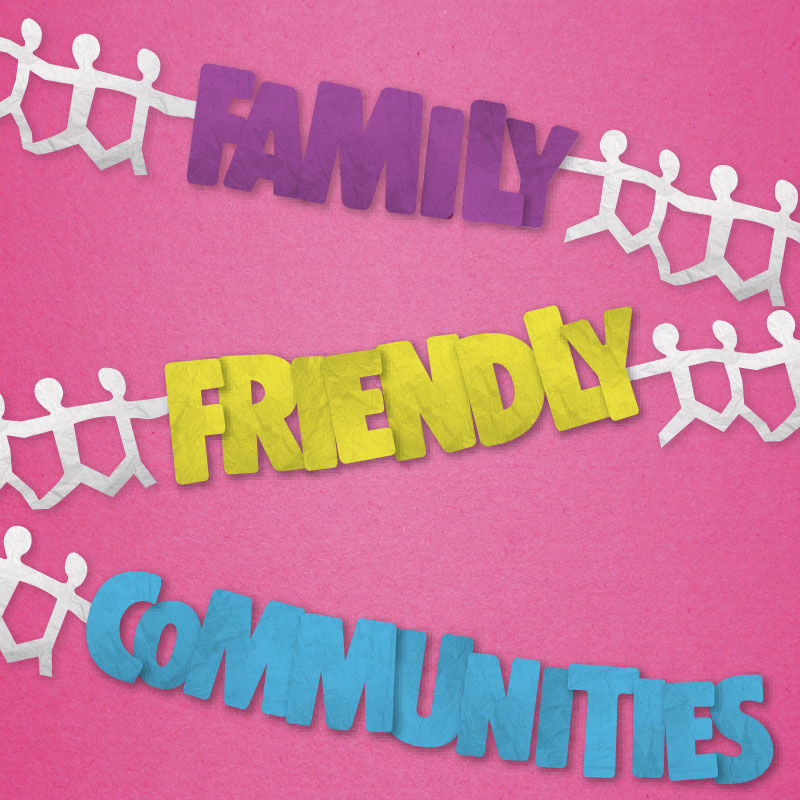There are a lot of factors families consider when deciding where to live. In particular, good schools and inexpensive housing often end up rising to the top of many wish lists and can push families to move to newer suburbs, farther away from jobs and other urban amenities. While it’s easy to generalize, demographic trends point to a growing preference among young people for walkable, urban communities, with short commutes and easy access to restaurants, shopping, and other amenities. However, as the same young families begin to have children, their preference for a quality public school vs. the high cost of a private school may outweigh their desire to stay in a city.
As cities like Philadelphia try to retain and attract young families, they realize that schools, maybe now more than ever, play a key role in improving quality of life and increasing tax revenues. A new coalition of parents and principals has begun to foster a dialogue between schools and neighborhoods in order to improve center city Philadelphia schools through fundraising efforts and improved communication. Even in cities like Austin, where the population and economy are booming, keeping families with children is a struggle. WRT is helping complete the Imagine Austin Plan, of which a major focus is creating more family-friendly communities. Strategies include improving affordability and promoting schools as active centers of their neighborhoods—the ultimate goal being to provide more choice for families with kids about where to live.
ImagineAustinCompPlan

